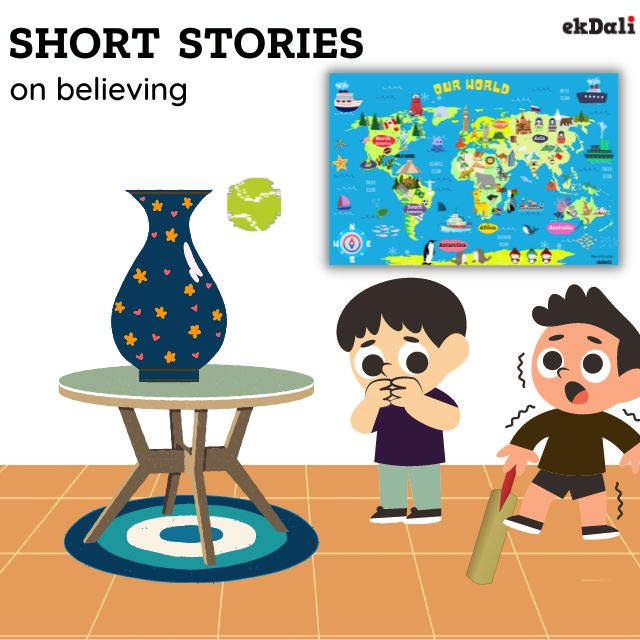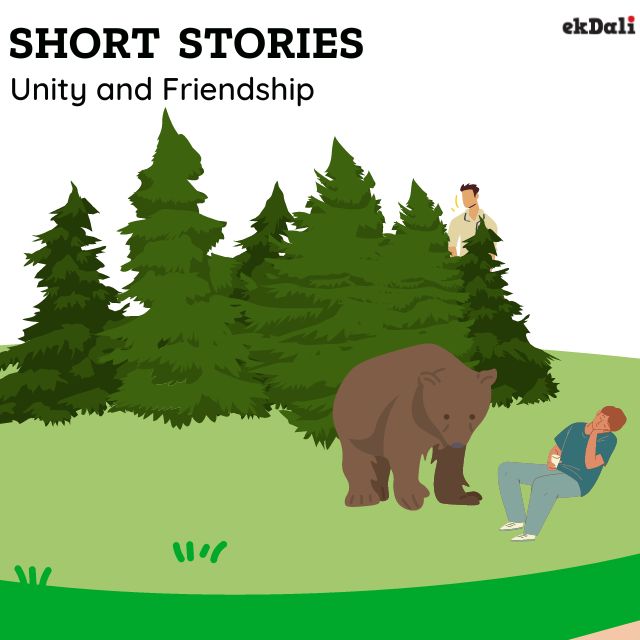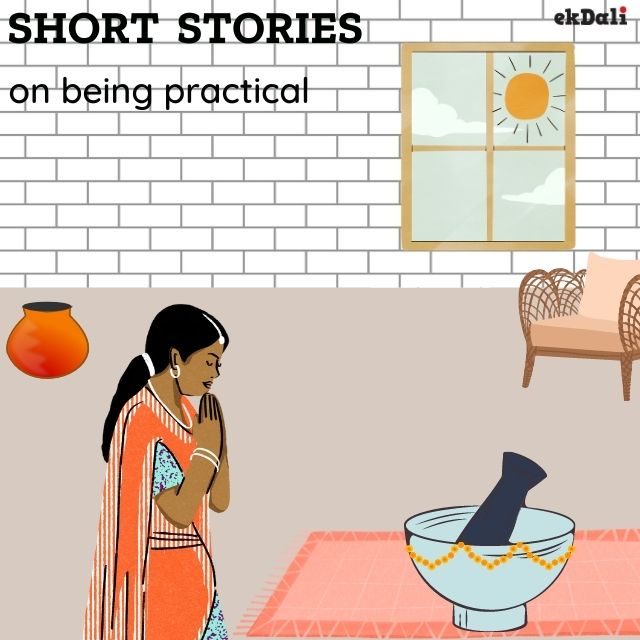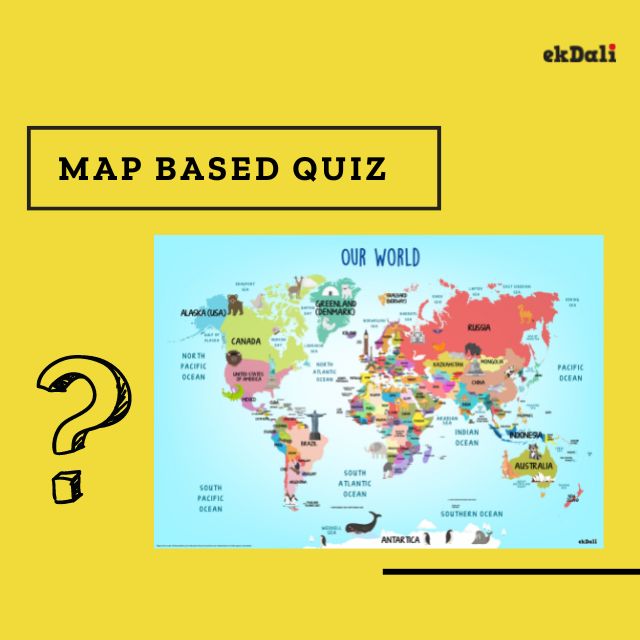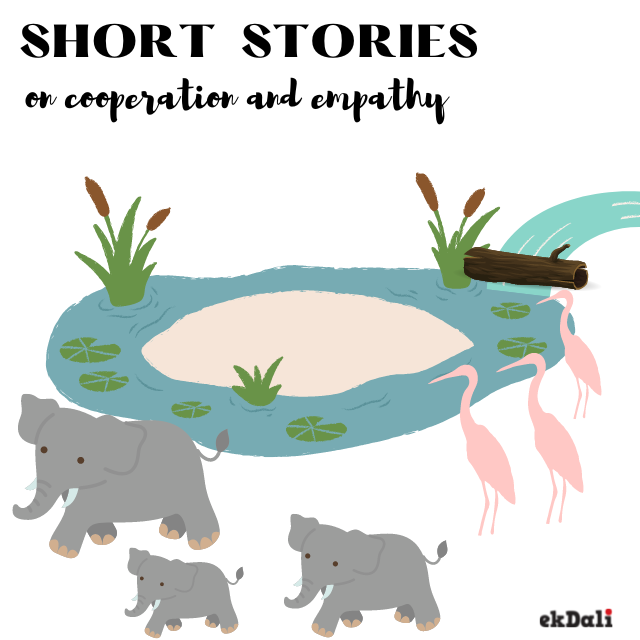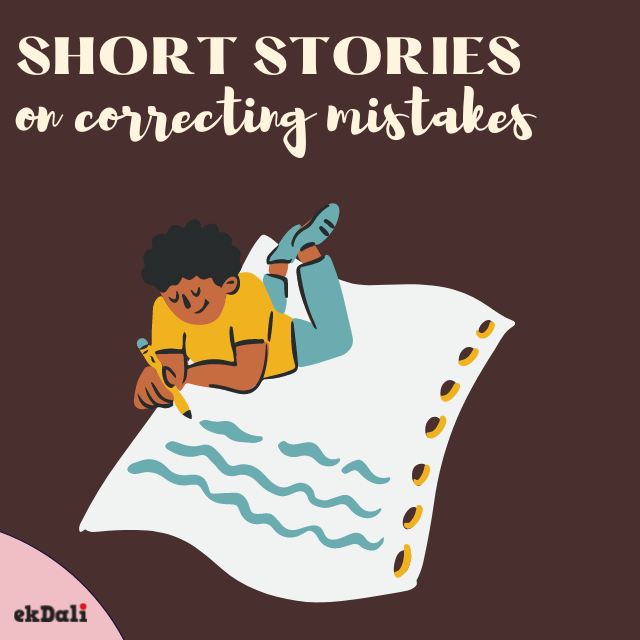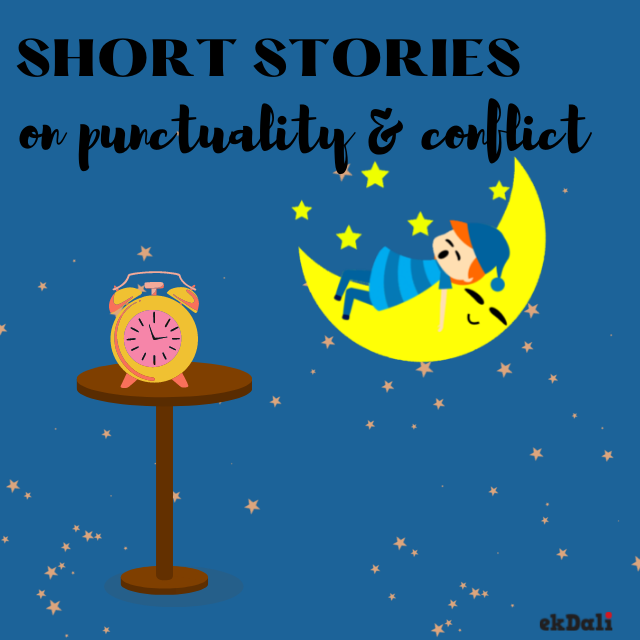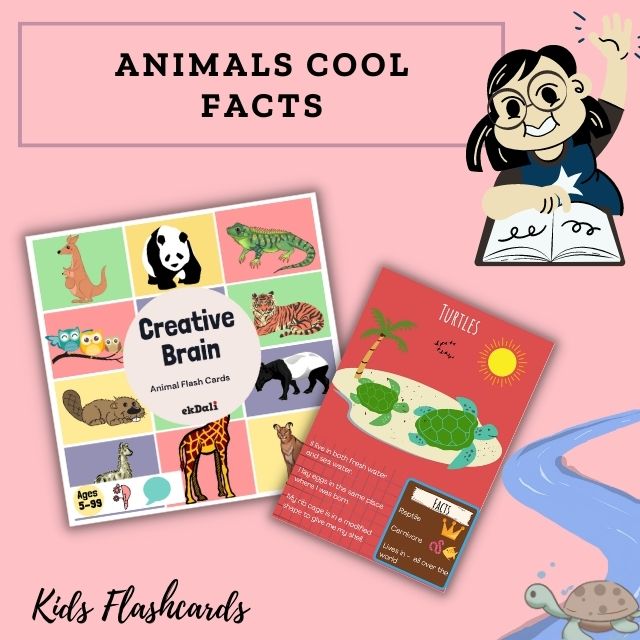TURTLES FACTS FOR KIDS
- Turtles are reptiles, and you can find them living almost anywhere. A turtle shell is not a single piece but is made of over 50 bones fused. They wear most of their bones on the outside The top part of the shell is called the carapace and the underside is a plastron. Both sides are joined by a bridge. All marine and aquatic turtle bones are spongy and light, to help them float.
- Turtles are cold-blooded, like all reptiles. This means their body temperature changes based on how warm or cold it is outside.
- There are about 356 species of turtles in the world. There are so many different types of turtles. Popular species include hawksbill turtles, leatherback turtles, flatback turtles, loggerheads, red-eared sliders, western painted turtles, and African side-necked turtles, amongst others.
- The largest turtle is the leatherback sea turtle, which can weigh over 900 kg! (2000 lb). The oldest of all sea turtle species, it has been around for more than 150 million years! They survived the extinction of the dinosaurs. They can consume nearly their body weight in prey per day (about 73% of their weight), feeding exclusively on soft-bodied invertebrates like jellyfish and tunicates.
- Turtles lay eggs in the sand and leave them to hatch on their own. The young turtles make their way to the top of the sand and scramble to the water while trying to avoid predators.
- Turtles are primarily omnivores, but some species like tortoises are predominantly herbivores. Omnivorous turtles that live in water eat jellyfish, mollusks, and sea vegetation. Tortoises eat only plants or invertebrates and carrion Sea turtles have special glands which help remove salt from the water they drink.
- Green turtles are vegetarian and prefer seagrasses, seaweed, and algae. Most other turtles snack on fish, mollusks, and squids. Leatherbacks love eating jellyfish on their long sea voyages.
- It looks like a turtle dressed up as a dinosaur and lives in North America. The scary-looking alligator snapping turtle is one of the largest freshwater turtles in the world. It has a spiked shell and thick, scaled tail and is anything but picky with its food. It eats vegetation, fish, small mammals, and even other turtles! loves wallowing in the muddy bottom of streams. It munches on snakes, birds, frogs, and small mammals.
- Turtles don’t have gills, so they need oxygen as humans do. But they hold their breath for an extraordinary length of time. Sea turtles even sleep in water for 4-7 hours, and some turtles even hibernate in water. Turtles can dive up to 3,000 feet in search of jellyfish. Turtles come up to the water surface for air between lengthy dives to forage for food.
- The sea turtle cries not because it is hurt or sad but to get rid of excess salt in the body. The lacrimal glands of the turtle are located behind the eyes. They excrete a saline solution that is twice as salty as seawater4. These salty tears mix up with water immediately in water, but on land, we can see them.
- Male sea turtles never leave the sea but females occasionally visit the beach. When it’s time to lay their eggs, females return to the same beach they hatched on! Here they bury their eggs in sandy nests. Scientists think that their amazing ability to navigate comes from their sensitivity to the earth's magnetic fields.
- Sea turtles are phototactic; they are attracted to light. It is this attraction. The light that guides them is the big bright moonlight, reflecting alluringly on the water.
- Turtles lose their first “baby tooth” within an hour. Baby turtles, called hatchlings, have an “egg tooth” on their beak to help them hatch out of their shell. This tooth disappears approximately an hour after hatching.
- Turtles are one of the few animals that eat seagrass. The turtles that graze on seagrasses help to maintain the sea bed. Like regular grass, seagrass needs to be kept short, so it can grow healthily and spread across the sea bed. Seagrass is not just food for turtles and other animals but also a breeding ground for many fish species.
- Watching turtles on land and in the deep sea is awe-inspiring and exciting. Turtle-watching is a tourist attraction that brings economic development to many areas. It serves as a source of income for coastal residents.
|
FOOD |
SNAILS, EARTHWORMS, JELLYFISH, LEAVES, VEGETABLES |
|
GENDER NAMES |
MASCULINE-TURTLE, FEMININE-TURTLE |
|
YOUNG ONES |
HATCHLINGS |
|
COLOUR |
BROWN, GRAY, TAN, CARAMEL BROWN |
|
SIZE |
LENGTH:83-104 CMS, WEIGHT: 110KG TO 190KG |
|
LIVES IN |
ALL AROUND THE WORLD. |
HERE IS A FUN QUIZ ABOUT TURTLES, THAT YOU CAN ATTEMPT. THIS IS BASED ON WHAT YOU HAVE READ SO FAR.
- What are the young ones of a turtle called?
- What is the turtle called that looks like a dinosaur?
- Do turtles have gills, to breathe underwater?
- Name the largest sea turtle?
- Name any two species of turtles.
- What is the top part of their shell called?
- Which turtle prefers to eat the sea grass the most?
- Phototactic means attraction to light. Does this help sea turtles?
ANSWERS TO THE QUIZ
- Hatchlings
- Snapping turtle
- No turtles don’t have gills. They have lungs to breathe.
- Leatherback sea turtle
- Hawksbill turtles, flatback turtles
- The top part of the shell is called the carapace.
- The green turtle.
- It guides them back to their home.
Products in our portfolio related to the post
Animals of the world Flashcard












